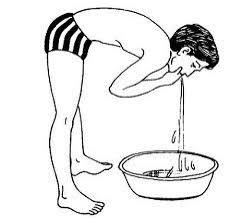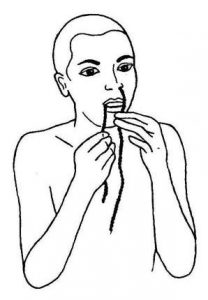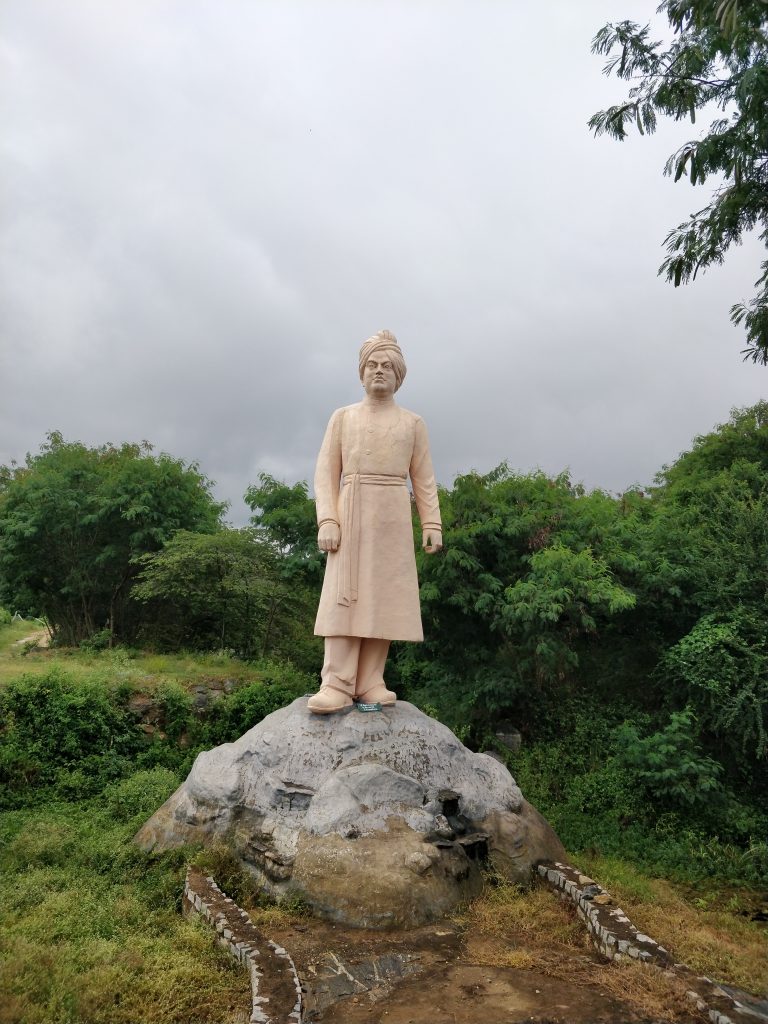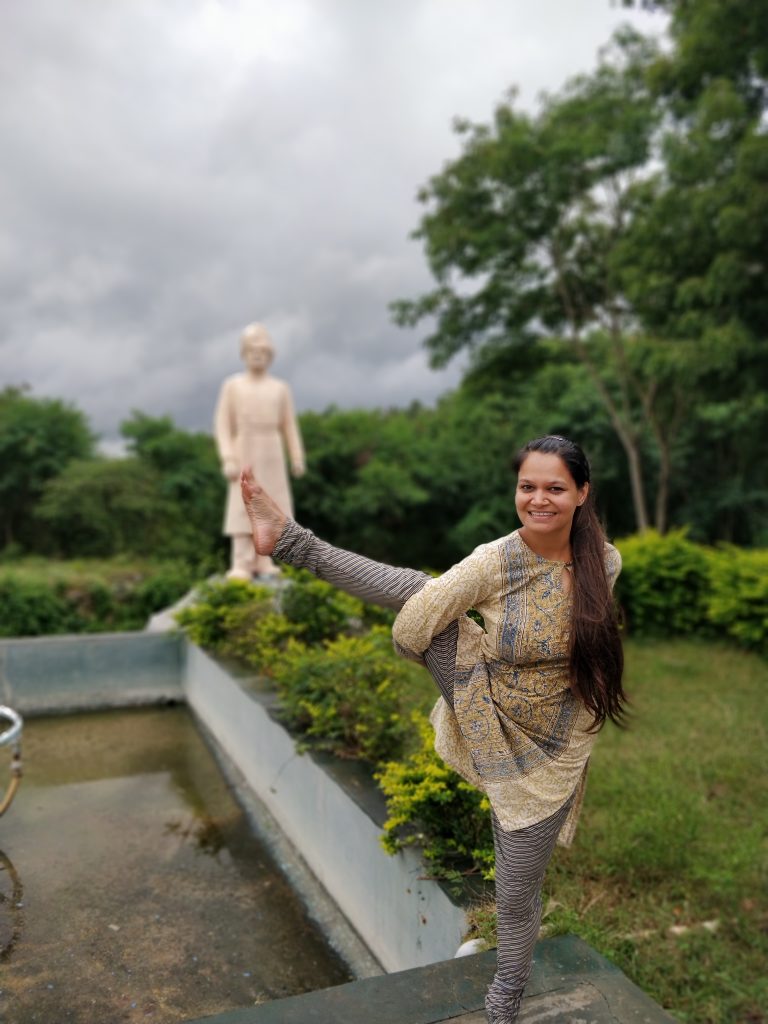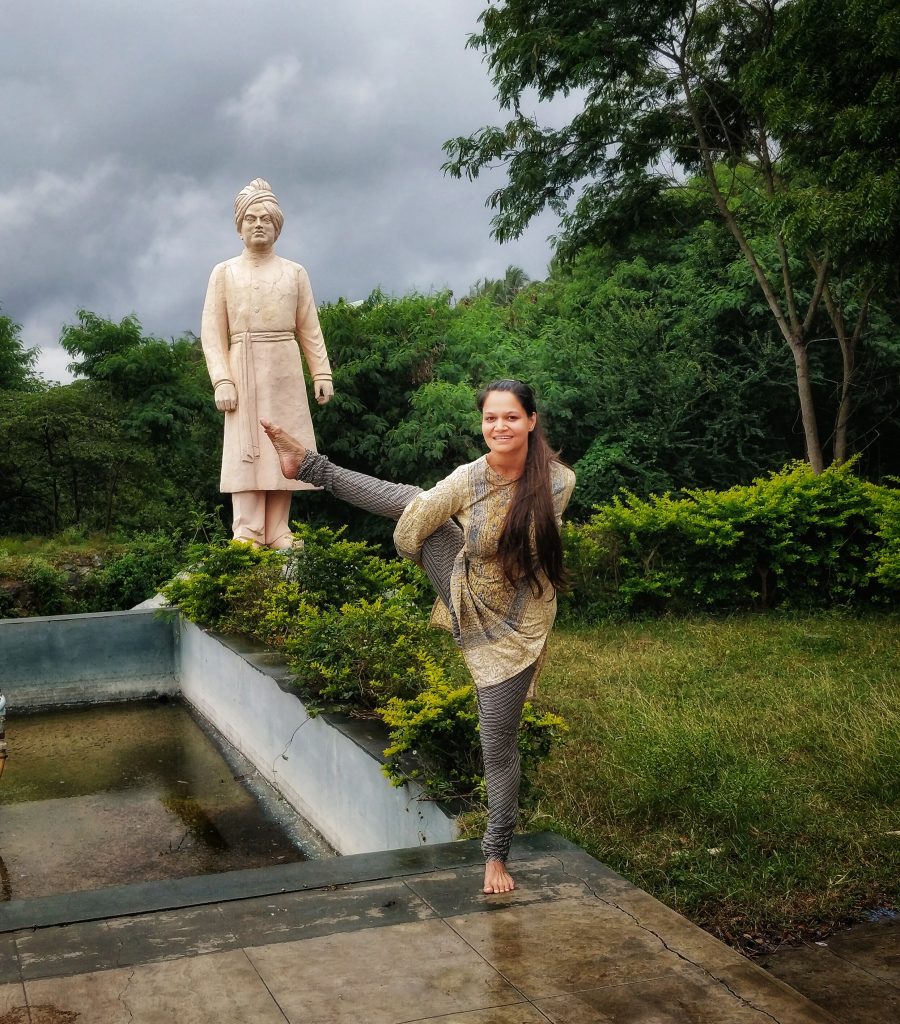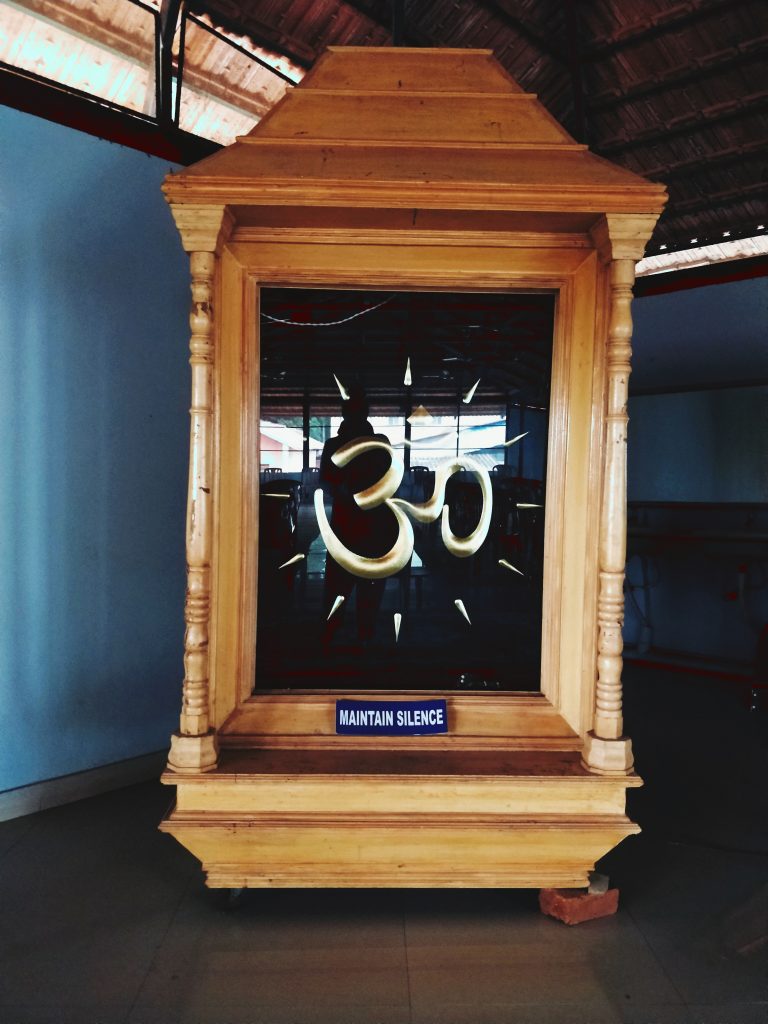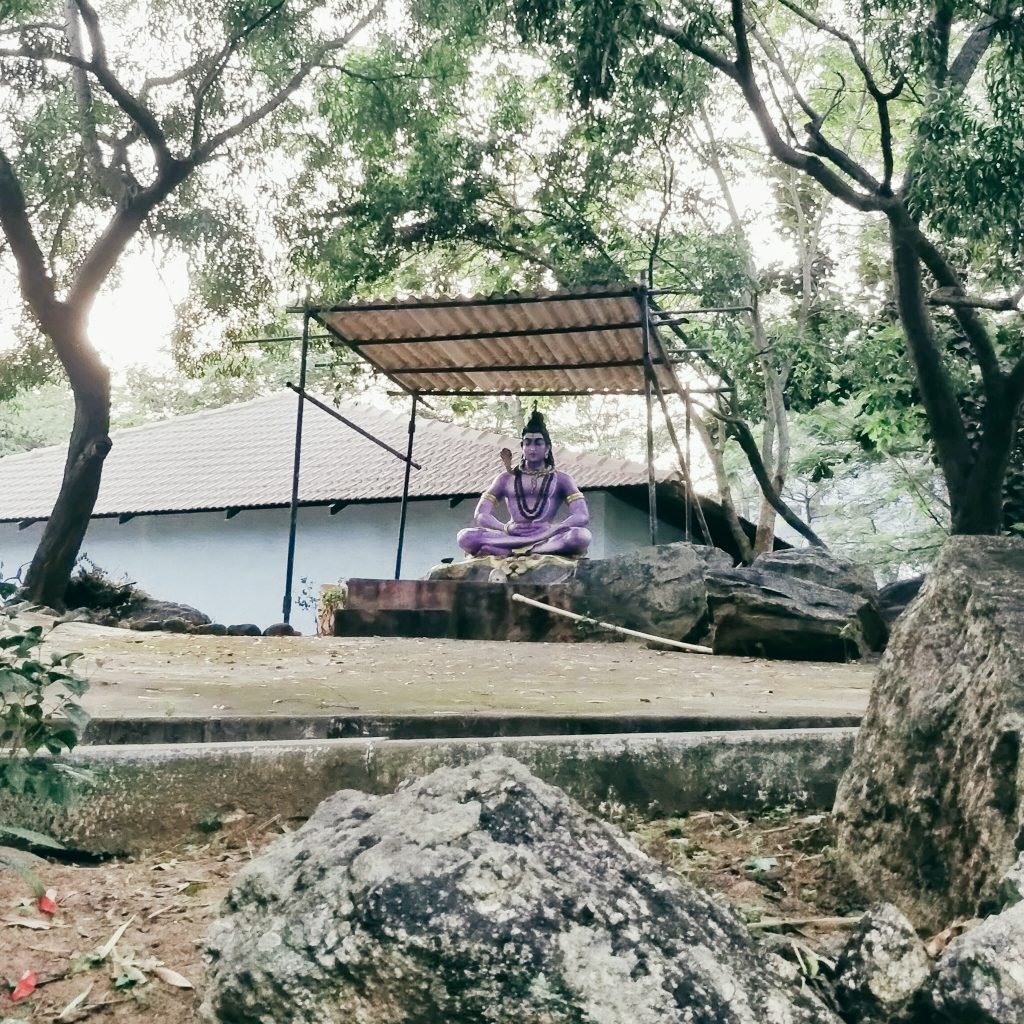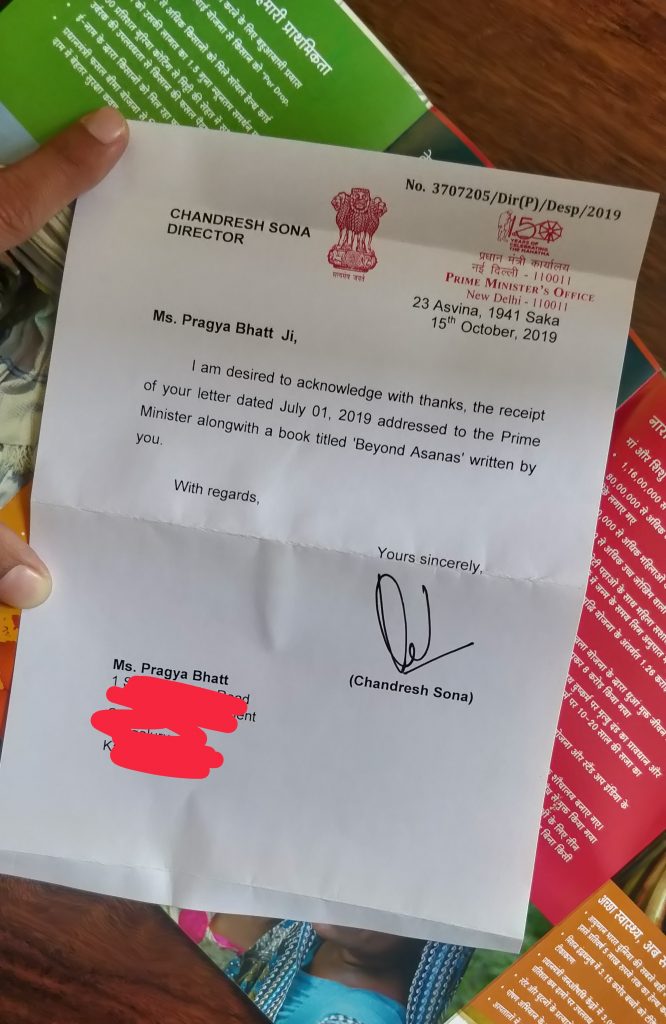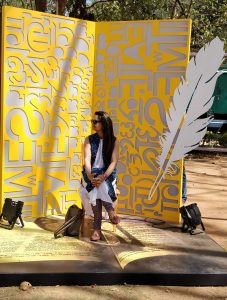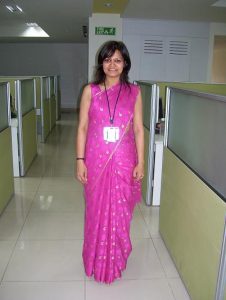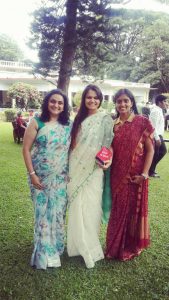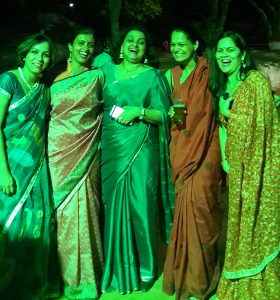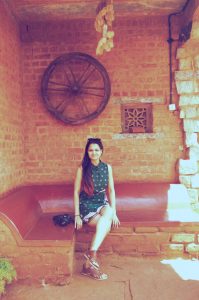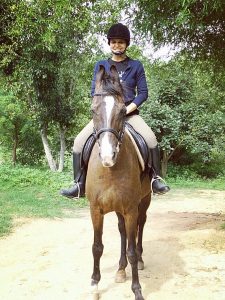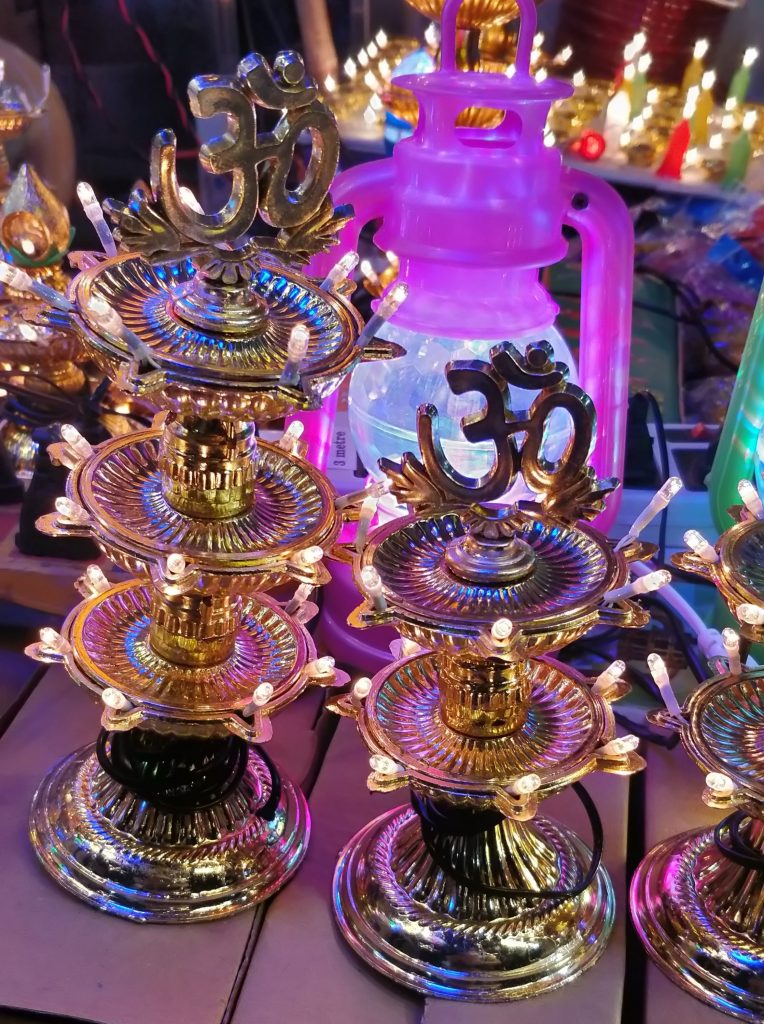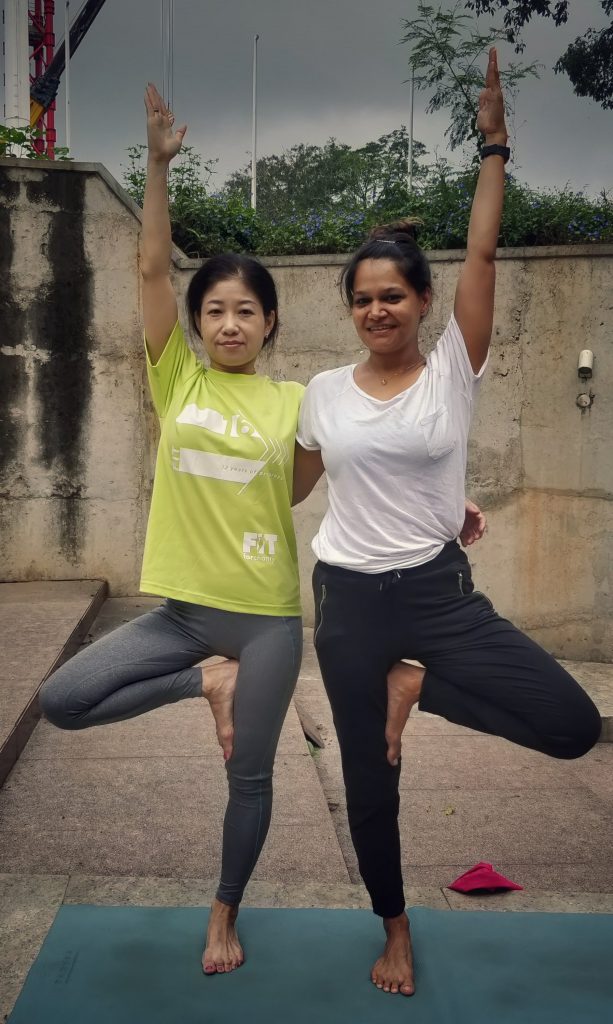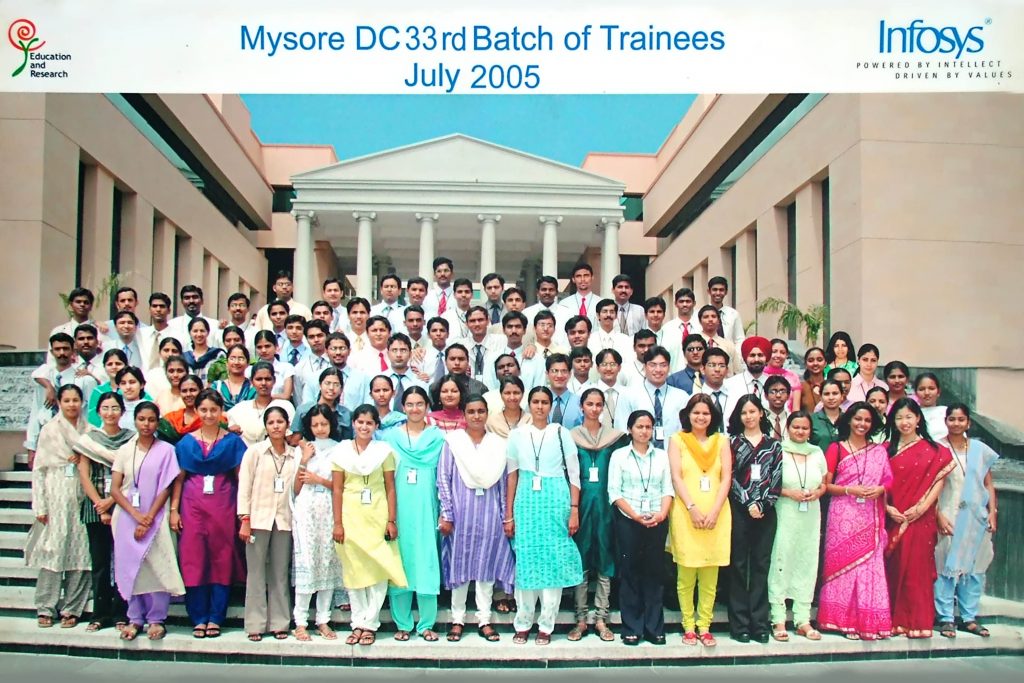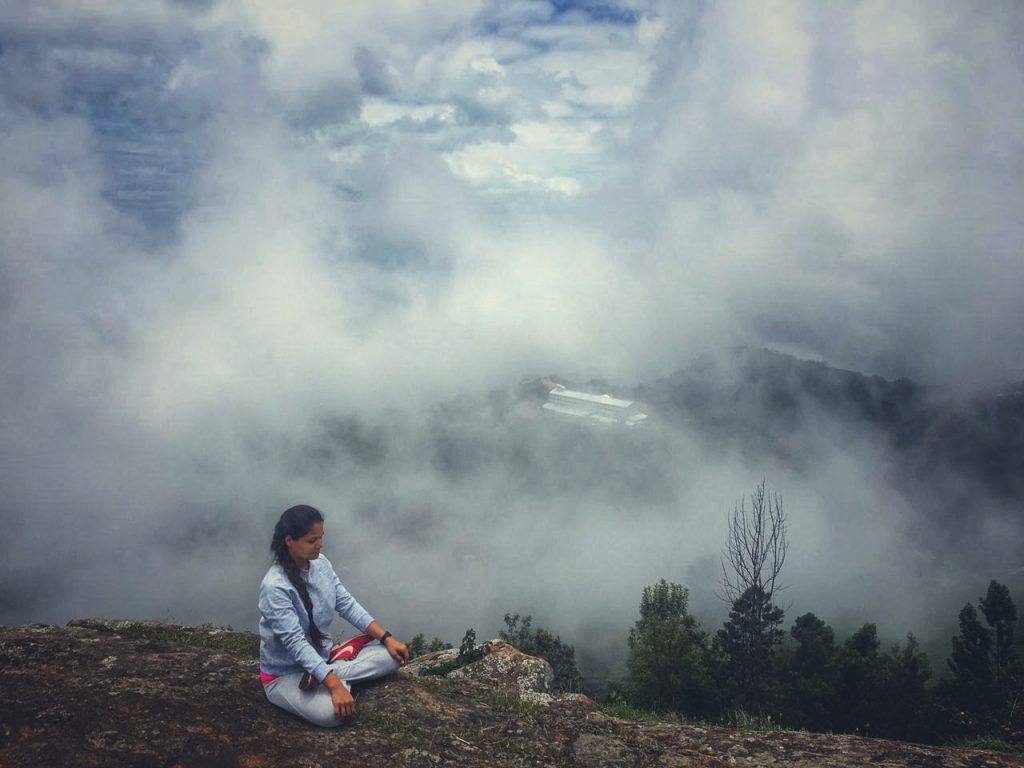
Meditating (or pretending to) somewhere in the hills of Kotagiri. How I long to be back there meditating and breathing the fresh air. pc: Animesh Jain
Today I was posted to perhaps the most interesting department. The Gastroenterology department.
And I’ve finally made a friend!!! She’s doing a BSc. here and is also employed as an Ayurvedic therapist. So she studies and works at SVYASA. She’s become my one stop shop for any queries, and it’s nice to have a friend who knows her way around!
Since the full time therapists are always too busy to answer my questions (and there are always so many questions), I usually end up discussing my queries with Aishwarya. I usually observe silently as patients describe their symptoms to the doctors. The doctors make notes in the files.
Later I pick Aishwarya’s brain.
The symptoms that most patients report are things like bloating and indigestion. If ignored or left untreated these can lead to more serious issues such as chronic constipation, IBS and ulcers. At SVYASA the first line of treatment is to put these patients on an Ayurvedic diet and have them attend various yoga and meditation sessions.
“But do you think the answer to a medical problem so prevalent is as simple as changing the diet and moving a bit more?” I asked her.
Apparently it is. Patients who come in with even severe cases of gastritis report a marked improvement after just a week on the SVYASA routine. Here their food and meal times are regulated. Although the quantity of food can’t be controlled but what the patients (and us) eat is very very simple. It is basically rice, roti, dal, a sabji and buttermilk. Not once has the food been too spicy or too salty. There’s never dessert. Fruit isn’t on the menu and in the evenings they serve a dairy-based malt instead of coffee/tea. We end up eating at the same time every day, which promotes healthy digestion.
We exchanged some personal anecdotes as well. She told me about how she was overweight before she came to SVYASA and her diet underwent a sea-change during the time she’s been here (the last 2 years). I described my weight-loss journey as well and how it was a solid asana practice and a supremely controlled diet that helped me. Aishwarya’s diet is similar to an Ayurvedic diet. Below are a few of the guidelines she follows:
. no sugar
. no milk
. no coffee or tea
. no refined flour, refined rice, refined oil
I didn’t ask her about alcohol but I’m sure that’s also a no. Also, she feels that the food served in the mess isn’t wholesome and so she also makes a malt for herself every once in a while. It’s a powder containing multi grains which she mixes with water and jaggery. Served hot.
Along with what we eat it’s important to eat at the same time every day. It builds regularity in digestion. Erratic meal timings lead to erratic digestion. Erratic digestion gives rise to every single condition treated in the Gastroenterology ward.
Sleep and stress are two factors that simply can’t be overlooked when it comes to digestion. Insufficient or disturbed sleep interferes with the secretion of digestive enzymes which is why you feel sluggish when you’re sleep deprived. It’s the same story with stress. Chronic stress inhibits the secretion of digestive enzymes. Chronic stress will also interfere with the secretion of melatonin, which will in turn lead to sleeplessness, which will cause digestive disorders…and the viscous cycle continues.
The only way to break this cycle is to wake up one day and commit to living better, one decision at a time.
